
Tamarindo’s lifeguard team has new flags with symbols so that swimmers with color blindness— who can’t differentiate some colors— know which areas are safe and which areas aren’t suitable for swimming.
The flags include colors and icons that are easily understood by all people, as well as specific symbols for color-blind people. According to the National Eye Institute of the United States, 8% of men and 0.5% of women in the world have some degree of color blindness.
Costa Rica is a pioneer in the Americas in implementing symbols for color blindness on beaches, according to the Red Cross’ lifeguard coordinator, Ariel Lafuente. Tamarindo is the first to use them, as of Sunday, October 31. The system is already used in European countries, such as Spain and Portugal.
When visiting the beach, swimmers will see five types of flags: red, yellow, green, red with yellow, and black. In the center, they have an icon to better understand the level of risk, and in the upper right corner, they have the symbols for color-blind people.
Each one transmits the level of risk, according to international water safety standards:
- Green: Swimming allowed.
- Yellow: Swim with caution.
- Red: Swimming prohibited.
- Red and yellow: Safe swimming area.
- Black: Electrical storm.
“It was a necessity. Having colored flags is a non-verbal communication method and they have been used in other countries, but they aren’t used here or they’re used incorrectly,” said Lafuente.
Each group put up flags and gave them the meaning they wanted,” he added.
To get symbology for people with color blindness, the Red Cross partnered with ColorADD, an initiative in Portugal that created a system to represent colors with graphic symbols specifically for color-blind people, which are even used in public transportation in some communities in that country.
ColorADD donated the license to use the symbols to the Red Cross.
“This association with the Costa Rican Red Cross is an example of good practices that we can replicate for the whole world so we can have safer and more inclusive beaches,” commented the creator of the ColorADD code, Miguel Neiva, in a press release.
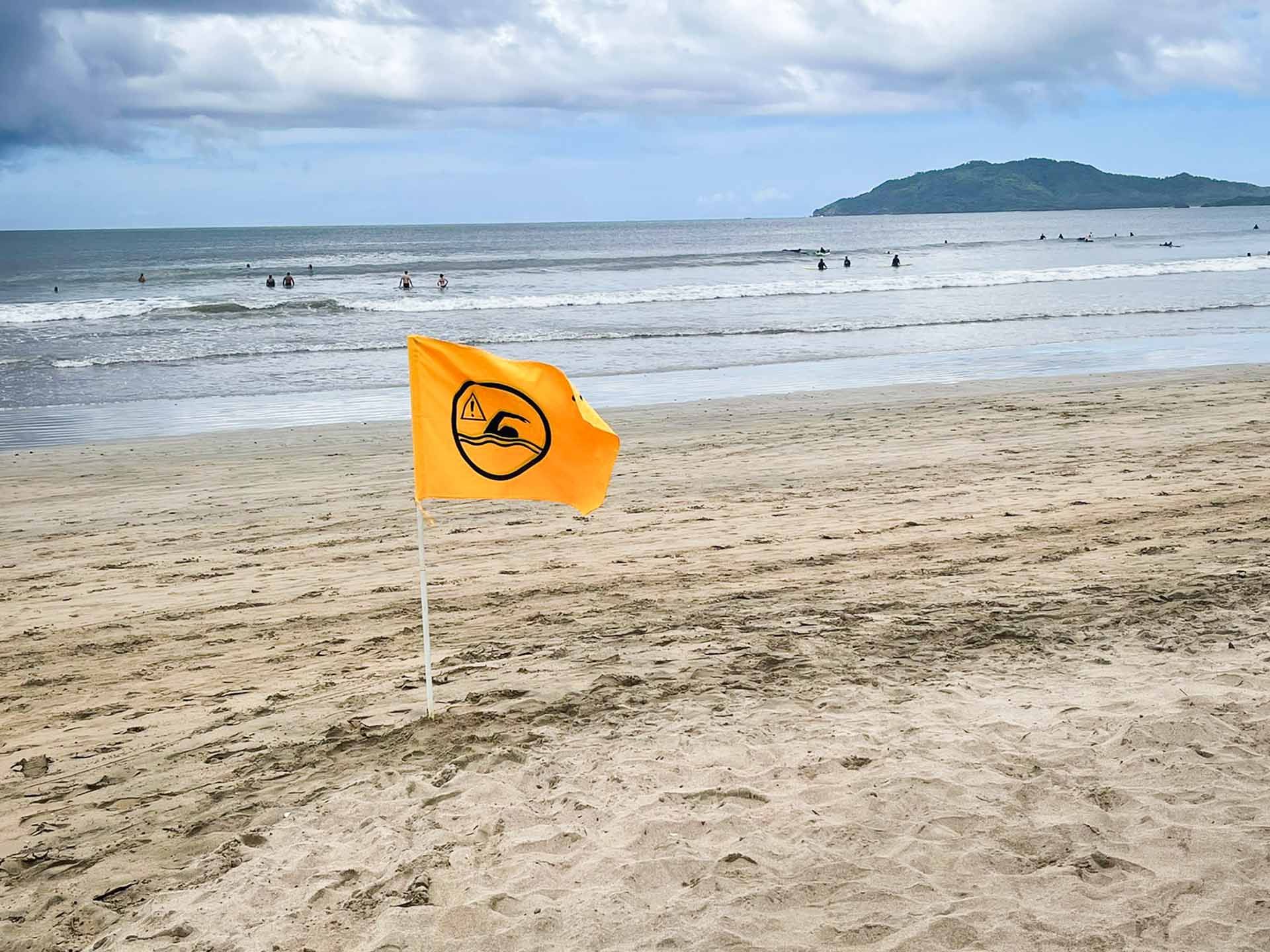
The yellow flag indicates that swimmers can get in the water but with caution. Photo: Ezequiel Ledezma
The First of Several
The Red Cross and ICT finance lifeguard teams on seven beaches in the country: Tamarindo in Guanacaste, Ballena Bay, Ventanas and Espadilla in Manuel Antonio in Puntarenas, and Cocles, Manzanillo and Negra in Limon.
With the project, the Red Cross wants to standardize the meaning of colors and implement symbols along the coasts. That’s why, in addition to providing flags and a manual to the seven beaches they cover, they will also provide them to other lifeguard groups that work independently, like the ones in Nosara, Playa Grande, Jaco, Punta Leona and Banderas.
Ezequiel Ledezma, lifeguard and post leader in Tamarindo, thinks the flags have stirred up curiosity among swimmers who visit the beach.
They are more aware. They ask a lot about them and their meanings. Right now, if you come to the beach, you see that there is no one where we put the red flag,” he noted on the morning of Wednesday, November 3.
“Since we didn’t have these flags before, people were all over the place and we had to go to explain things to them. In addition, they’re inclusive for color-blind people and since there are many color-blind people in the world, they help us with that,” added Ledezma.


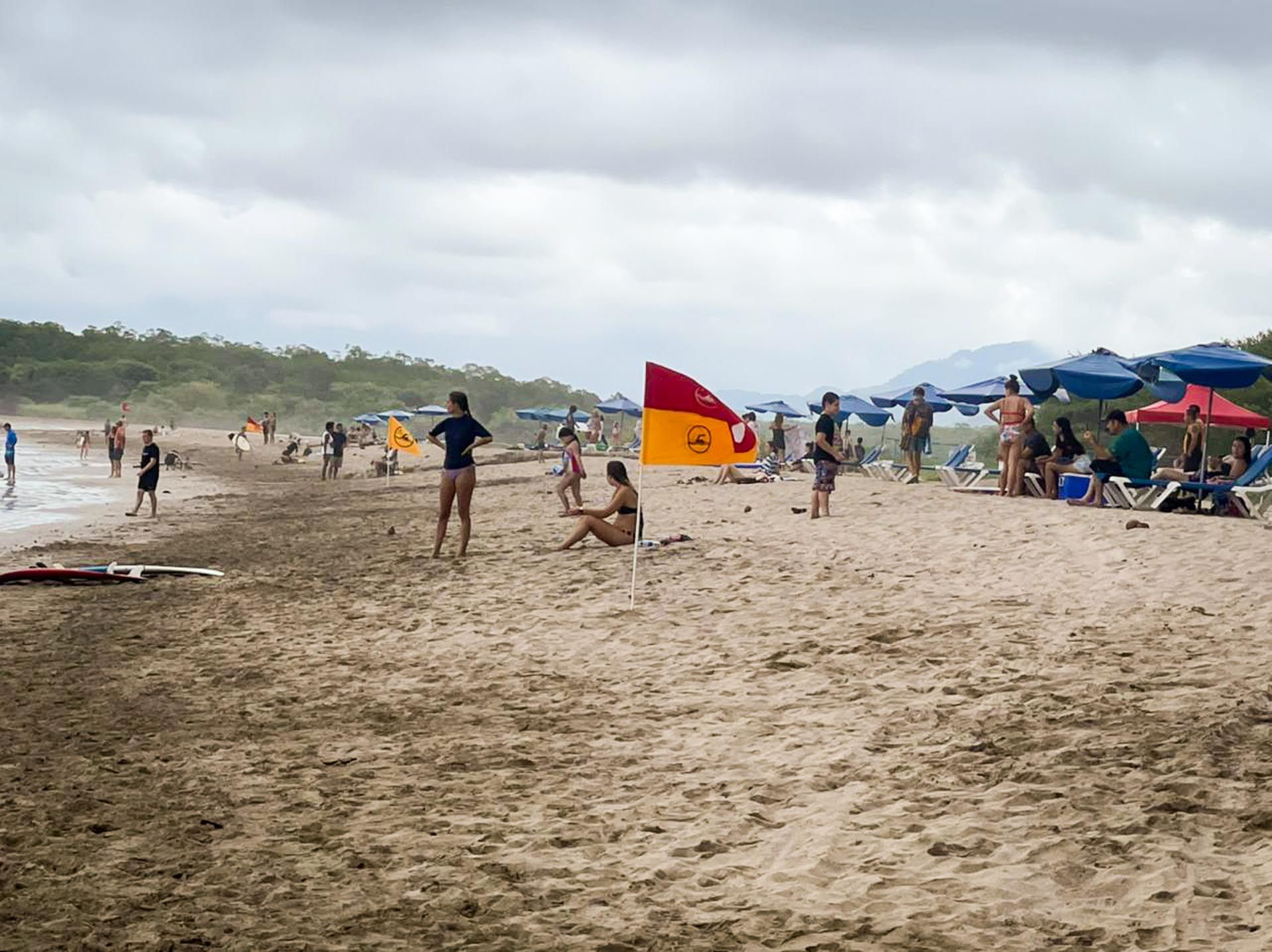
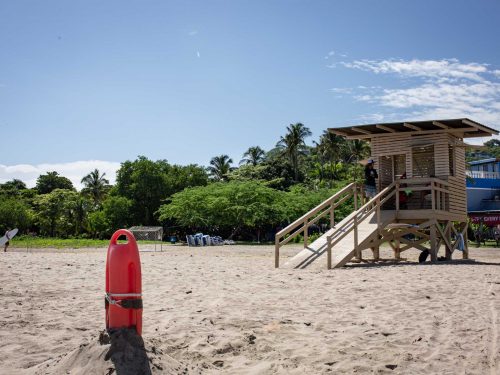
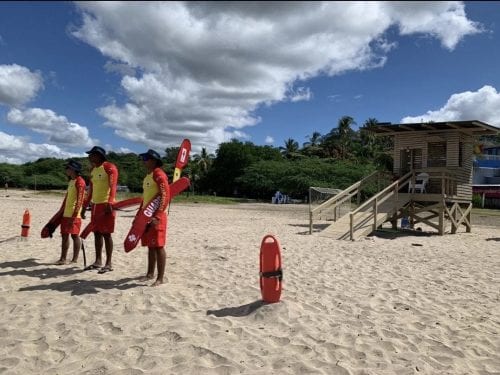
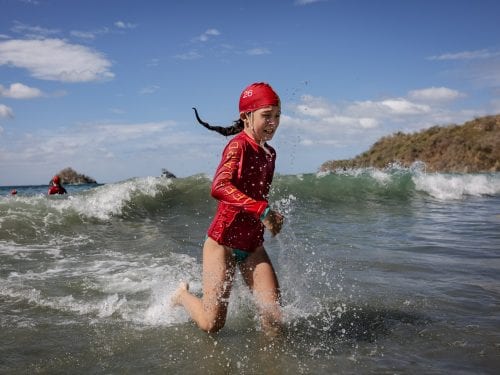

Comments